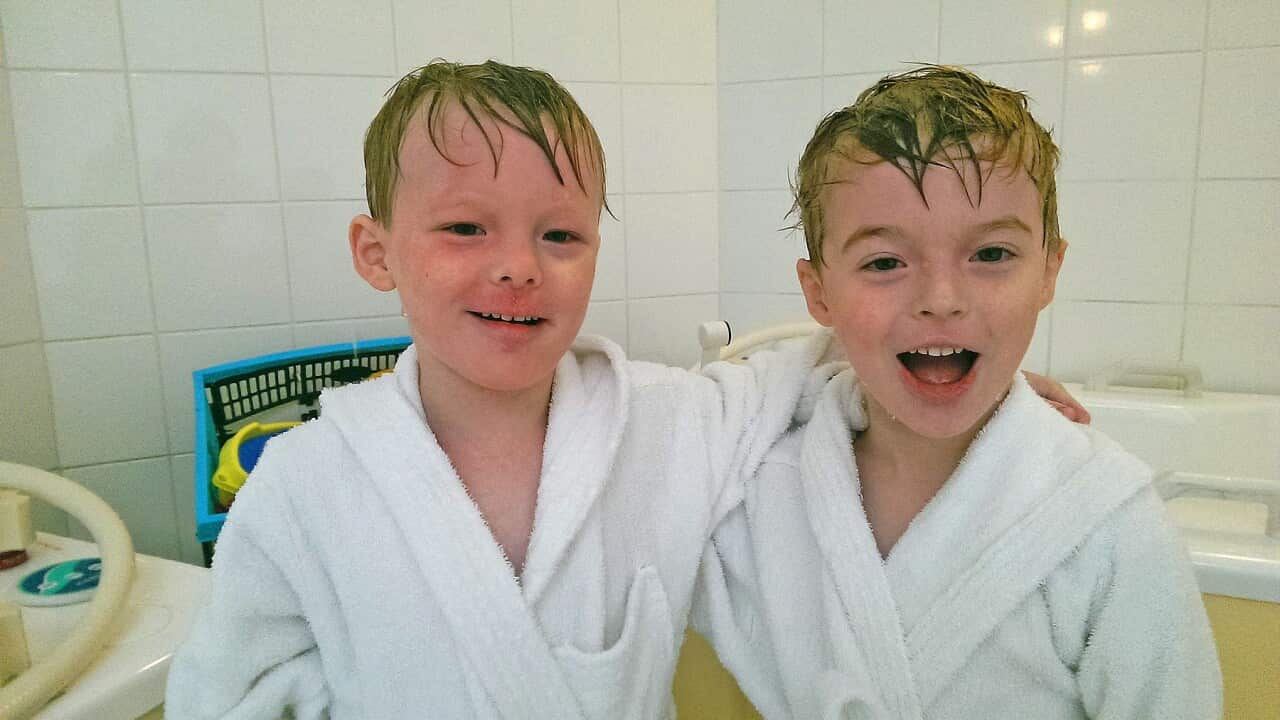TRANSCRIPT:
Every year, thousands of Australians experience out-of-hospital cardiac arrest, where the heart stops beating with no prior warnings.
In fact, the condition affects around 26,000 people annually with 95 per cent of those dying before they even reach hospital.
But St John Ambulance Australia data shows survival rates can be increased by as much as 75 per cent - if preventative measures, like bystander cardiopulmonary resuscitation, or CPR, are enacted early.
Experts say the key to this is targeted education programs, especially for the areas that need it the most.
But, how do we know which parts of Australia need assistance?
A new study from Monash University is seeking to bridge that gap, identifying the Australian Local Government Areas with the highest incidences of out-of-hospital of cardiac arrest and the lowest rates of bystander CPR [[cardiopulmonary resuscitation]].
The university's Professor Janet Bray is the senior author of the study.
"So what we did was we mapped every cardiac arrest that's attended by paramedics across Australia to their Local Government Area. And then we looked at the rates of incidents in these Local Government Areas as well as rates of bystander CPR for a witness cardiac arrest, so when someone sees someone collapse. And what we've found is we've been able to identify regions with high rates of incidents and low rates of bystander CPR. And this is important because now what we can do is go into these LGAs and provide some public education to try and improve bystander CPR, but as well as try and reduce the incidence of out-of-hospital cardiac arrest in these regions."
Sixty high-risk Local Government Areas were identified, with a total population of 1.17 million, mainly in New South Wales.
These were typically regional and remote areas, apart from two LGAs in Adelaide and two in Perth.
Professor Bray says there are several common characteristics observed in cases in these locations.
"We found that those that had higher incidence rates tended to have higher rates of cardiovascular disease, risk factors such as smoking, high blood pressure, high cholesterol. They tended to be an older population. They tended to be low socioeconomic status, and they tended to have a lower level of education compared to regions with lower incidents."
The study analysed data from 2017 to 2019, applying mathematical models and mapping techniques.
It looked at CPR training rates in relation to bystander CPR, finding regions that had low rates of bystander CPR were less likely to have, or had lower rates, of the population that had received any form of CPR training.
Professor Bray says education is crucial to improving outcomes and getting the public to respond better.
"You don't need to go and do a formal CPR class to know how to do CPR. You can watch a five minute video on YouTube. All you need to know is that if someone has collapsed, you need to check if they're responding. If they're not responding, you need to see if they're breathing or if they're not breathing normally. And if those two things are happening, then you need to start call triple zero and start chest compressions. And chest compressions are not complicated. All you need to do is put one hand on top of the other over the breastbone and push hard and fast. It's that simple. And the triple zero call taker will give you instructions on how to do this as well down the phone. But it's much easier to get that information if you know what you're doing."
For those who find the idea of performing CPR daunting, cardiologist Dr Rashid Bashir - based in Victoria - says the process can be broken down into seven steps.
"If I just summarise the seven steps, we call them Dr's A-B-C-D. Which is, D-R-S and then A-B-C-D. That's just an acronym if people can remember that."
The D stands for Danger, assess the situation and ensure that the area is safe.
R stands for Response - always check the response of the person.
The S stands for Send - Send for help.
A stands for Airway - open the person's mouth and check their any potential obstructions, like food, or push on the stomach to dislodge.
B stands for Breathing - check their breathing.
C stands for C-P-R.
And D, stands for defibrillator.
"So I mean, obviously this is pretty rapid. You don't waste time on, you know, spending 10 minutes on assessing the danger and responsiveness. It happens very quickly. So within few seconds you have to assess these things. And then shout for help if there's possible, or any anyone else that's around you ask them to help. Mainly help is to call triple zero while you are, you know, attending the person. The whole point of doing a CPR is to get help so that the person can be the life can be sustained until a definitive treatment can be started."
Cardiac arrest is different from a heart attack.
Professor Gary Jennings is a cardiologist and chief medical adviser to the Heart Foundation.
"A cardiac arrest is when the heart stops. And it can stop for any reason. One of the most common courses is of course, a heart attack. But not all heart attacks are associated with cardiac arrest. And it's the end stage of, of just about any form of serious illness that leads, leads to death. So out of hospital cardiac arrest is when somebody obviously collapses from a cardiac arrest in a, in a non-medical setting. And that's where we know that CPR and early access to defibrillation and calling triple zero is what the most effective measures are."
When it comes to administering CPR, Professor Bray notes there are some barriers to education.
"So what we did was we did a survey with the Heart Foundation across Australia of the Australian Australian public, and we found that those who were born overseas were less likely to have CPR training compared to those who were born in Australia."
Dr Bashir, who recently recorded an instruction video for SBS Hindi, says many resources are available.
"So resources are everywhere. I mean, it's on the internet. If you sort of happen to be on the Cardiac Society website or Heart Foundation website or all these ambulances, you know, I'm pretty sure St. John Ambulance does a lot of courses, a lot of ambulance services and paramedics that do CPR courses. So the information is available everywhere. There are small charts; you can save on your phone as well. And they are available in all languages, really, because obviously Melbourne or Australia is a very cosmopolitan sort of society."
But despite the acronyms and some workplaces providing annual refresher courses, there is still some hesitancy that exists around performing CPR.
Professor Bray says she hopes this study can pave the way for new initiatives, like getting teachers and high school students trained on a regular basis.
"We are doing a program at the moment where we're teaching teachers to teach CPR in schools in Victoria. And that's a pilot program, which we're gonna take to the federal government and hopefully get that built into the curriculum so that every child will receive CPR training in every year of high school. So that it will become ingrained in their brains like riding a bike."
And if there's one key takeaway when it comes to cardiac arrest and bystander intervention, it's that time is of the essence.
"A person in cardiac arrest is basically dying. You cannot hurt them anymore than what they're already, so any attempt is better than nothing at all. The chance of surviving without bystanding CPR is extremely low. So we really need to push the message that it is a simple thing to do. You cannot cause harm to the person. We have laws in Australia that when you intervene to help someone in an emergency that they can't sue you. So there's no reason not to act."













